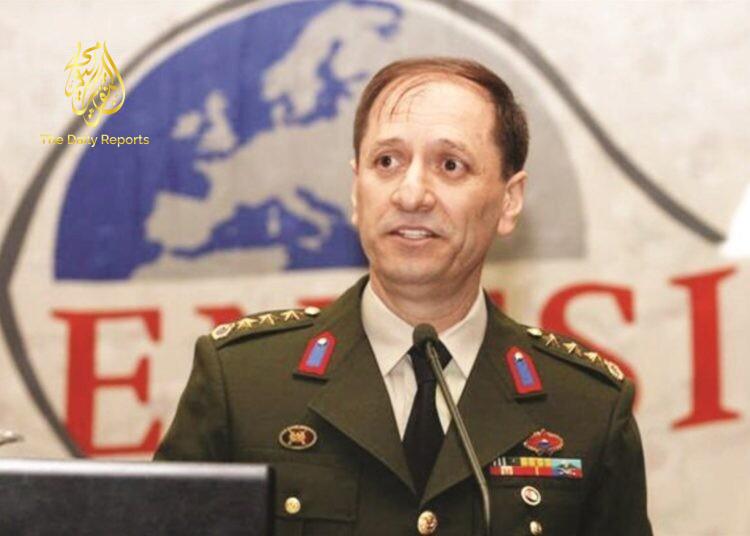Hamas has put forth a fresh ceasefire initiative aimed at ending Israel’s conflict with Gaza, proposing the release of Israeli prisoners in exchange for Palestinian detainees, including 100 serving life sentences. This proposal, outlined in three phases, entails each stage lasting 42 days. In the initial phase, Hamas demands the withdrawal of Israeli forces from specific areas to facilitate the return of displaced Palestinians and aid distribution. They also seek the release of certain Israeli captives, prioritizing women, children, the elderly, and the infirm, in exchange for hundreds of Palestinian prisoners.
Subsequently, Hamas insists on a permanent ceasefire before proceeding with any soldier exchanges, with the final phase focusing on Gaza’s reconstruction and the lifting of Israel’s blockade. Despite Hamas’s flexibility, Israeli Prime Minister Benjamin Netanyahu’s office dismisses the proposal as unrealistic. Negotiations have repeatedly stumbled over Israel’s insistence on defeating Hamas versus the group’s pursuit of a lasting ceasefire.
Recent talks mediated by Qatar, Egypt, and the United States have failed to bridge the gap between the two sides, with Egypt advocating for a Gaza ceasefire, increased aid, and relocation assistance for displaced Palestinians. President Abdel Fattah el-Sisi underscores the urgency of avoiding an Israeli incursion into Rafah, Gaza’s southern border area.
Mustafa Barghouti of the Palestinian National Initiative perceives the latest proposal as more accommodating but expects Netanyahu to obstruct it due to personal and political considerations. Hamas attributes the stalled negotiations to Israel’s rejection of their demands for a permanent ceasefire, withdrawal, and unrestricted aid.
Previous ceasefire proposals, such as one suggested in Paris, have been rejected by Israel, aligning with its objective of dismantling Hamas. The conflict, initiated by Hamas-led attacks on southern Israel, has claimed numerous lives and resulted in numerous captives on both sides.











